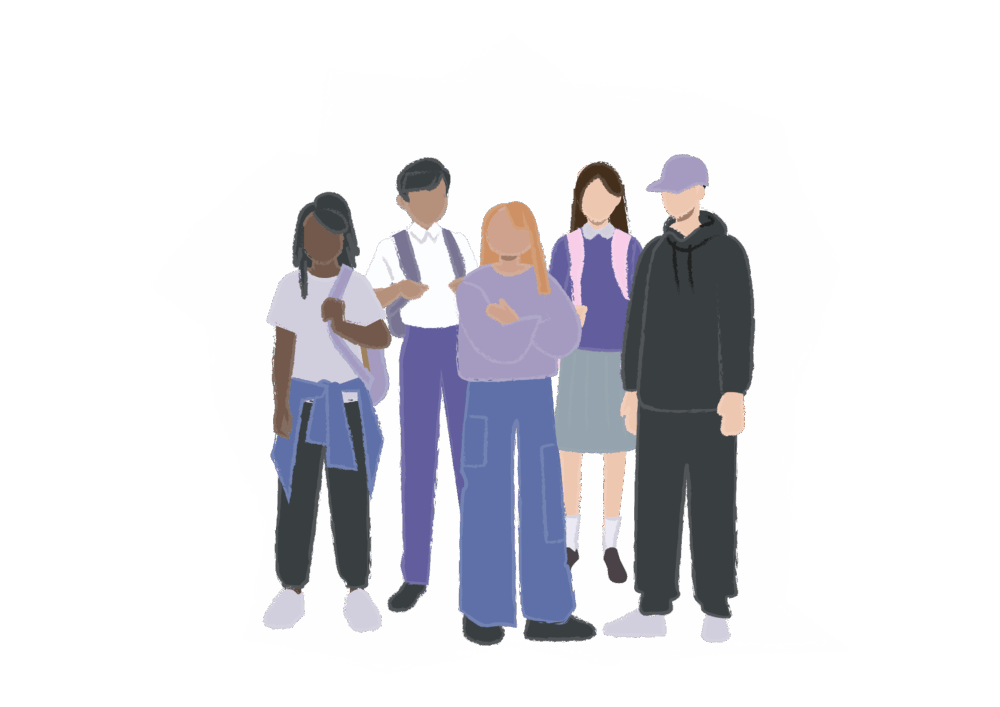The law is a set of rules that must be followed to keep people safe and protect people’s property. If you’re a child aged 10 to 17 years old and are suspected or guilty of breaking the law, you may come into contact with the youth justice system.
Breaking the law is also known as ‘offending’ or ‘committing a crime’.
The main aim of the youth justice system is to prevent children from offending.
Youth justice journey map
Key:
Stage
Decision

Decision: Charge

Decision: Bail or remand


Decision: Community or custodial sentence



Text description of the journey map
Stage: Police
Police decisions:
- out of court disposal
- release or no further action
- charge:
- bail or remand (moves to court stage)
Stage: Court
Court decisions:
- discharge or fine
- not guilty or no further action
- back to bail or remand to return to court again
- community or custodial sentence (moves to either custody or community order stage)
Stage: Custody
Moves onto release and resettlement (or transition into adult custody) stage and then the journey ends.
Stage: Community order
Journey ends.


